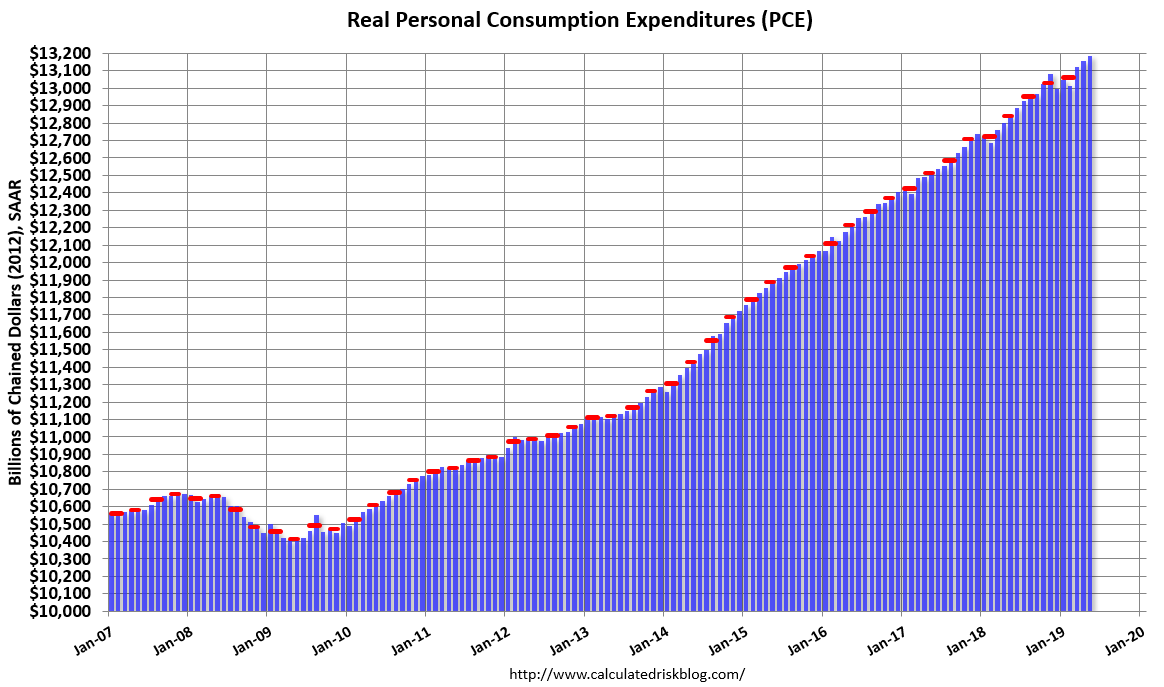To increase purchasing power, strengthen economic recovery, and restore fairness in financing higher education in the United States through student loan forgiveness, caps on interest rates on Federal student loans, and refinancing opportunities for private borrowers, and for other purposes.
Thursday, June 13, 2019
To amend the Higher Education Act of 1965 to reinstate the authority of the Secretary of Education to make Federal Direct Stafford Loans to graduate and professional students.
Friday, June 21, 2019
A bill to amend the Higher Education Act of 1965 to ensure college for all.
Monday, June 24, 2019
To amend the Higher Education Act of 1965 to ensure college for all.
Tuesday, June 25, 2019
To amend the Consumer Financial Protection Act of 2010 to establish the position of the Assistant Director and Student Loan Borrower Advocate of the Bureau of Consumer Financial Protection, to establish the Office for Students and Young Consumers of the Bureau, and for other purposes.
Thursday, June 27, 2019



